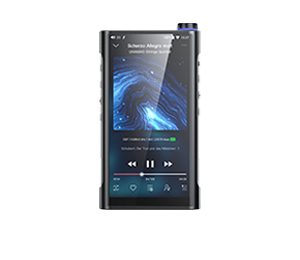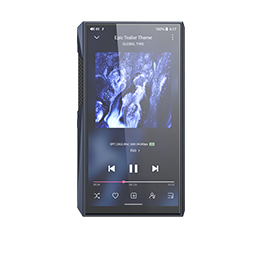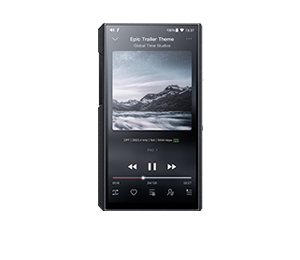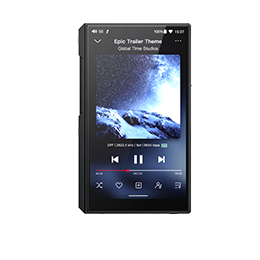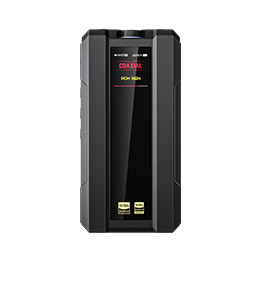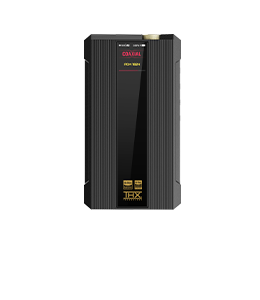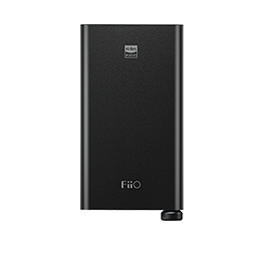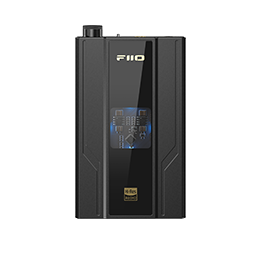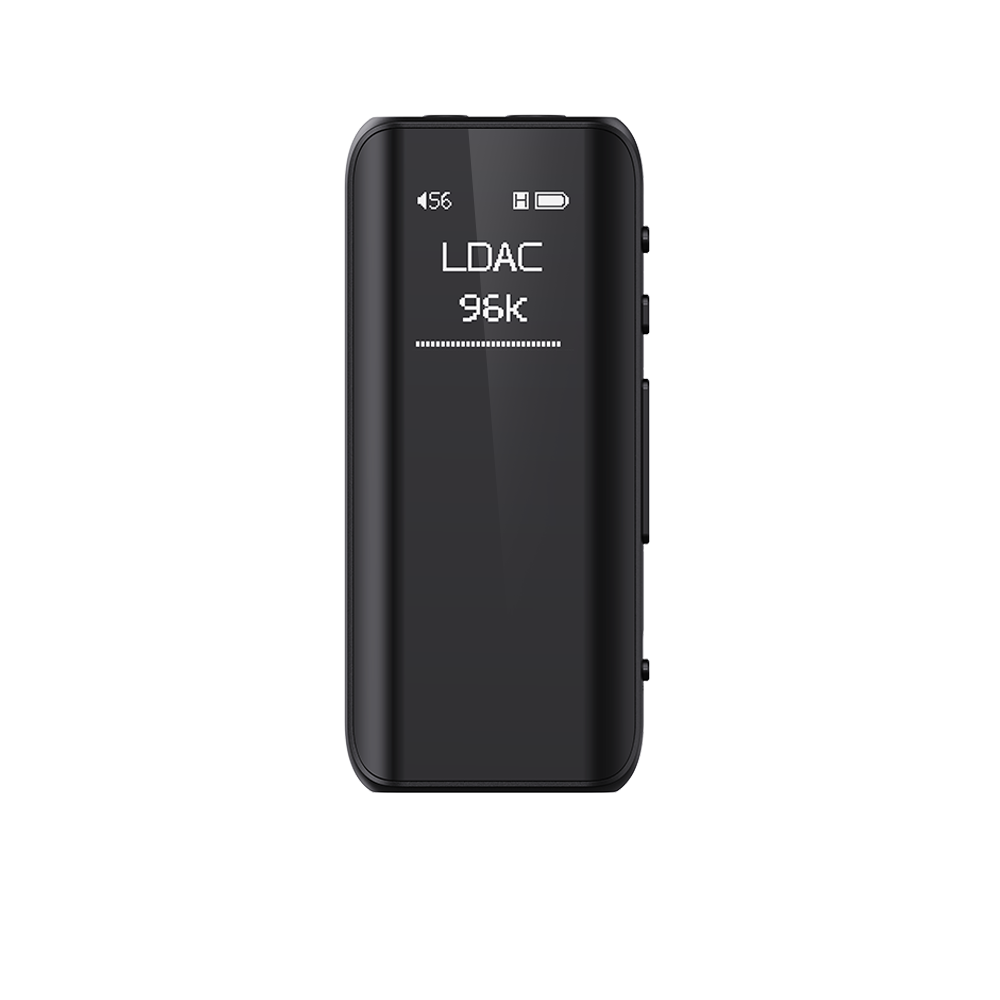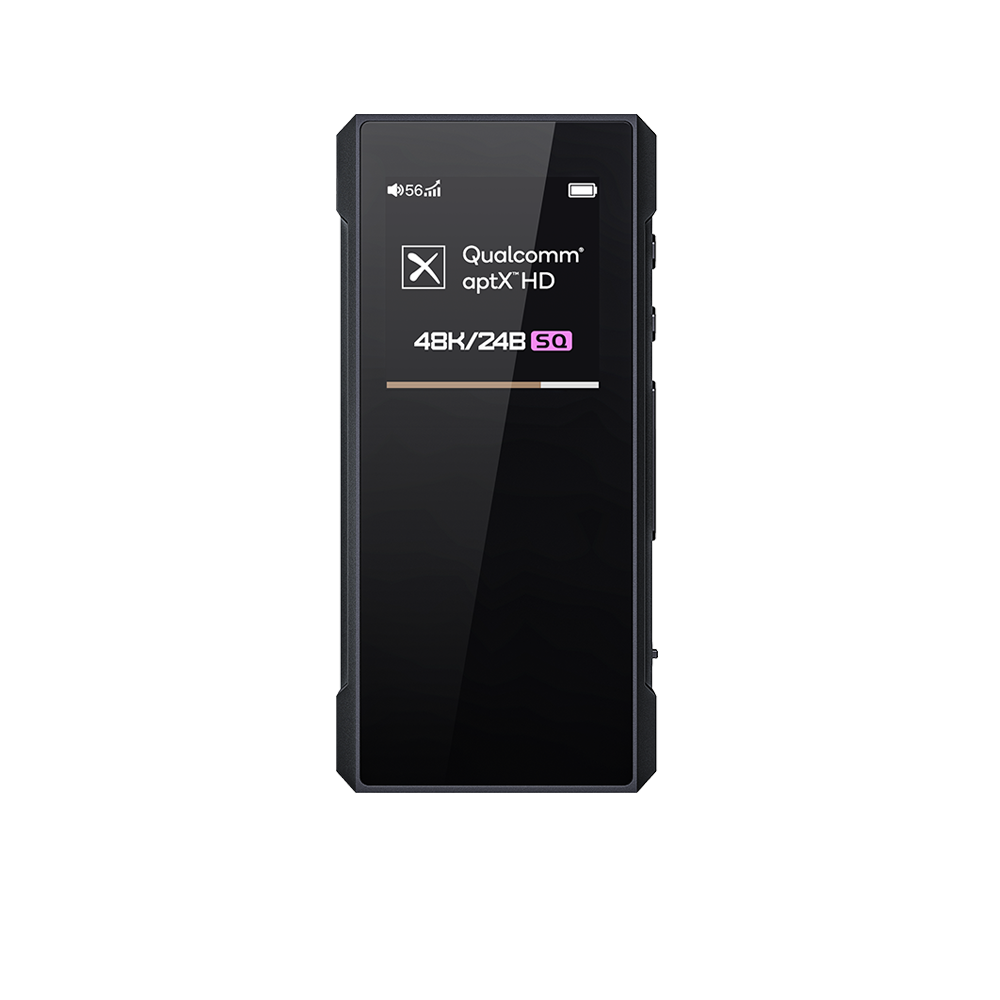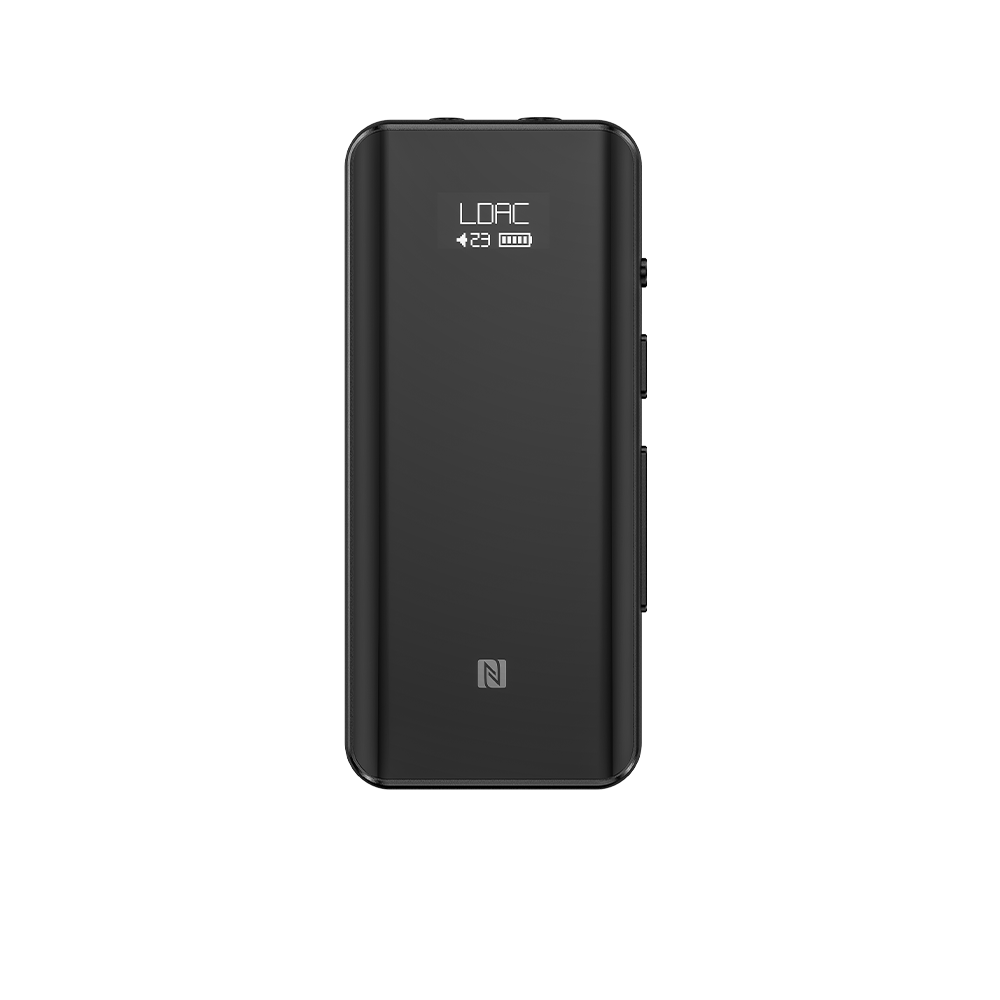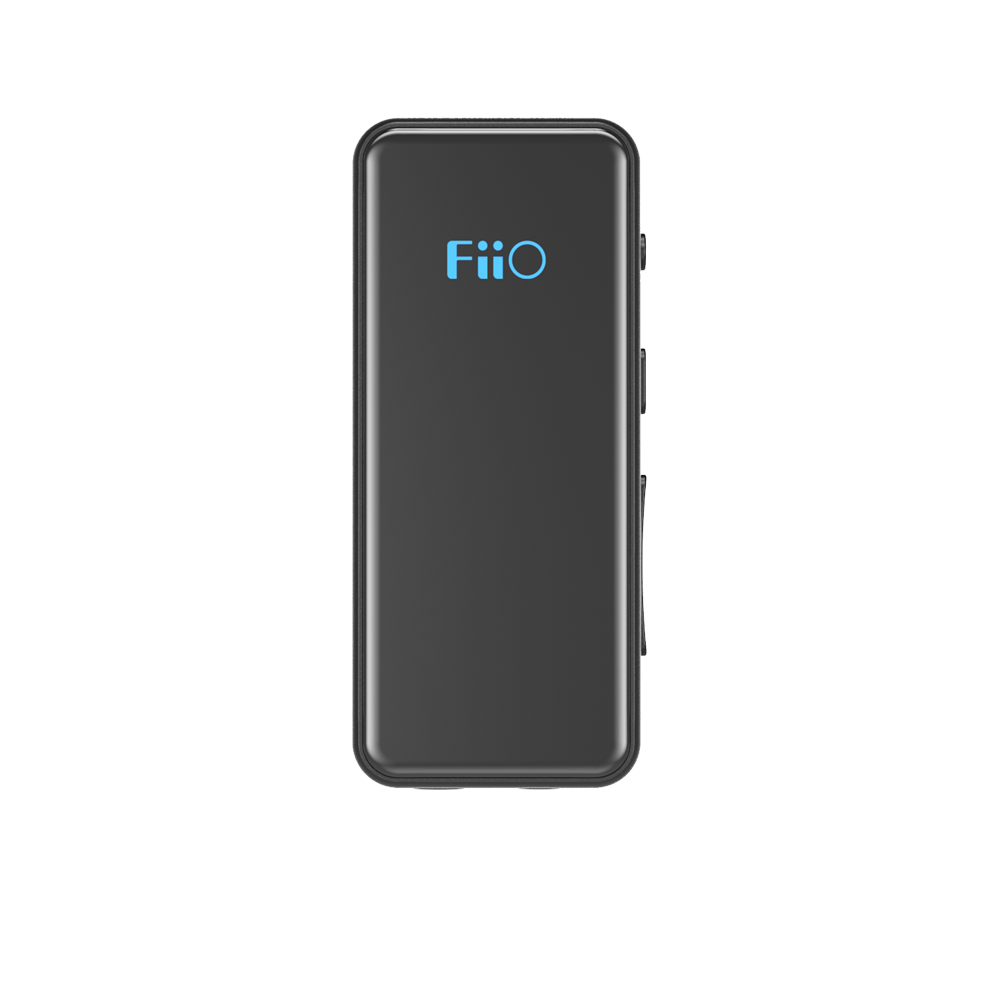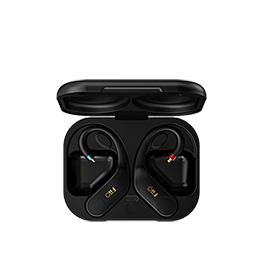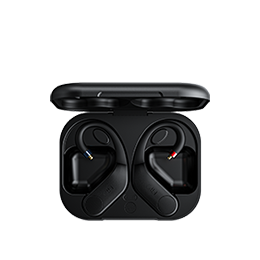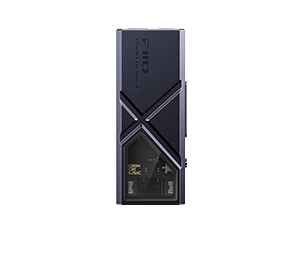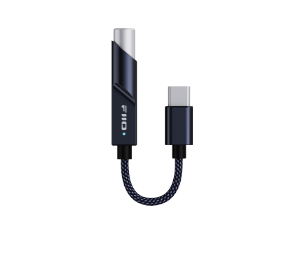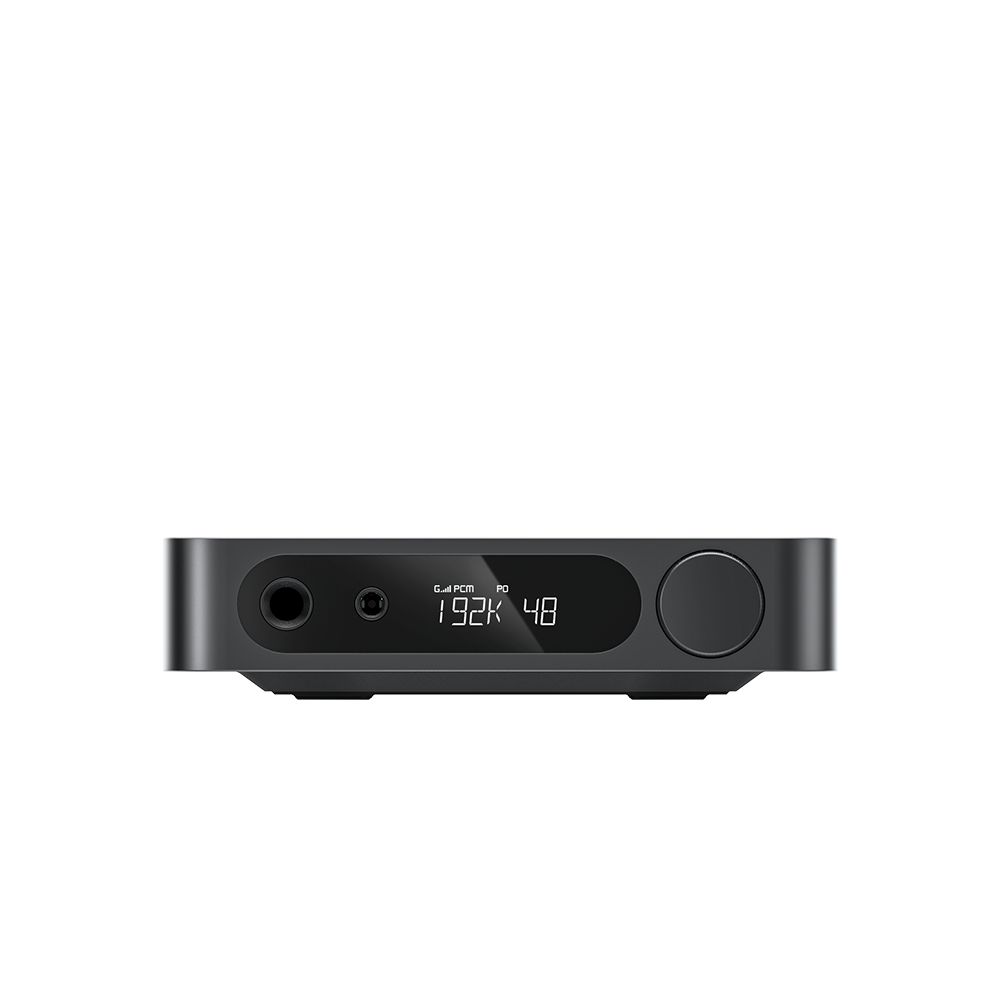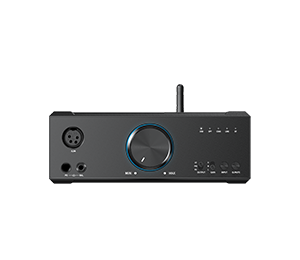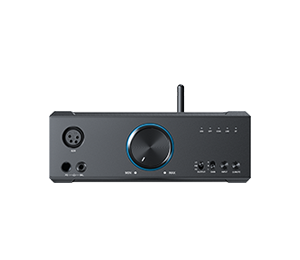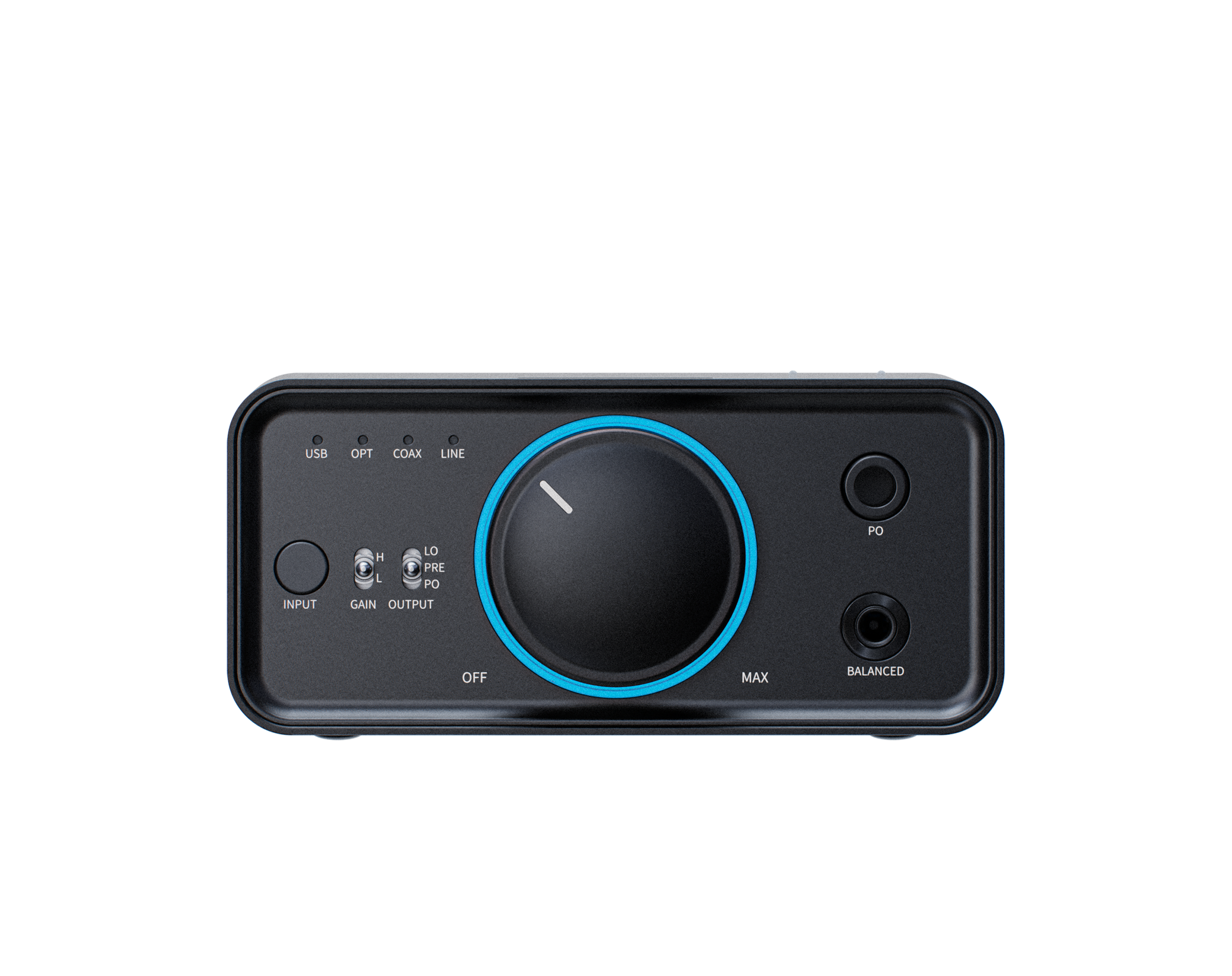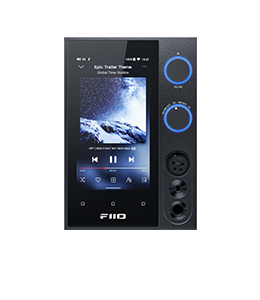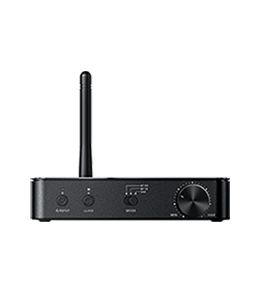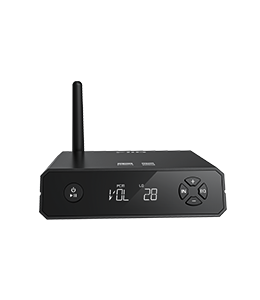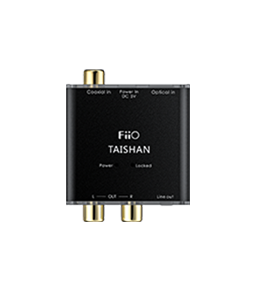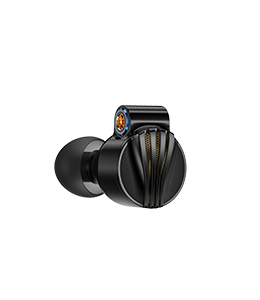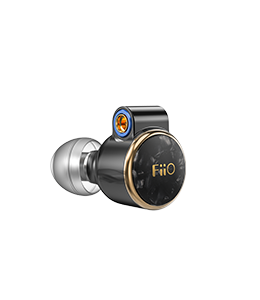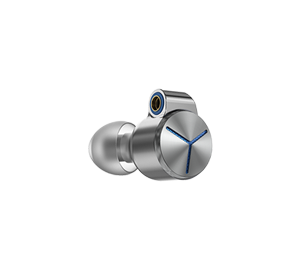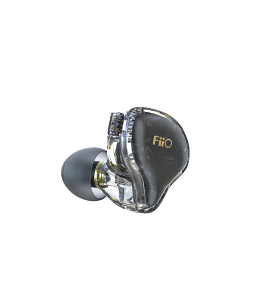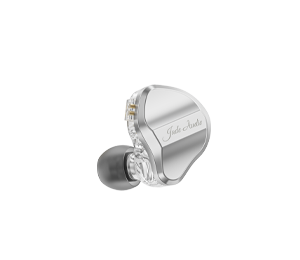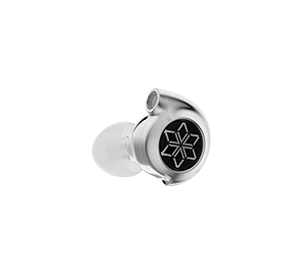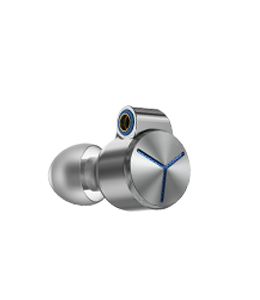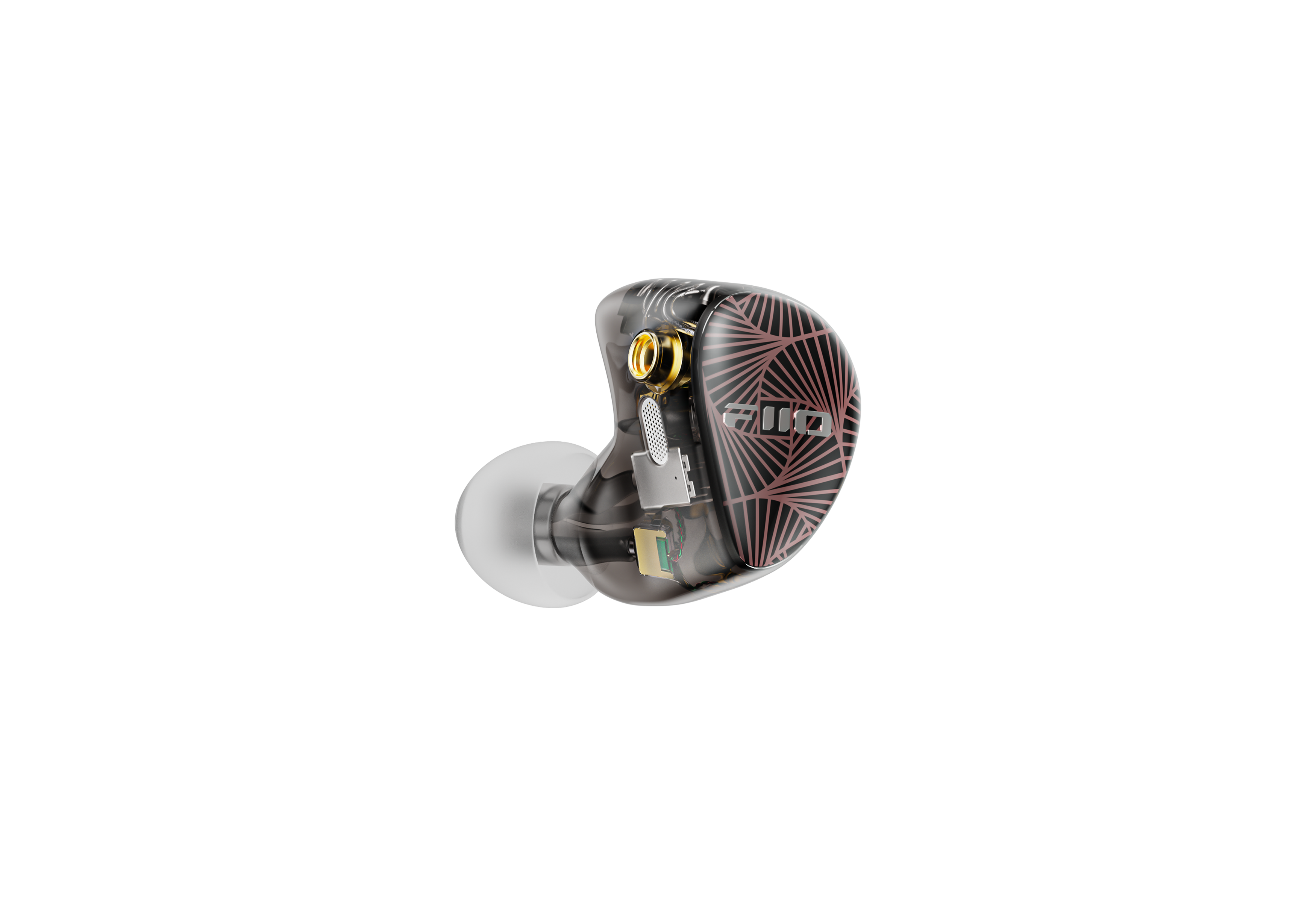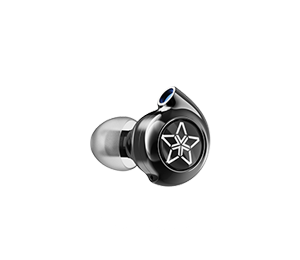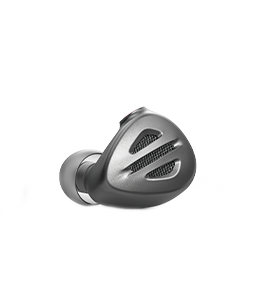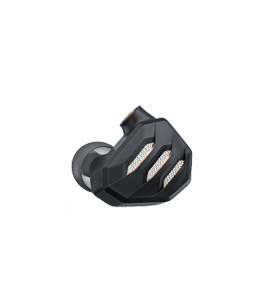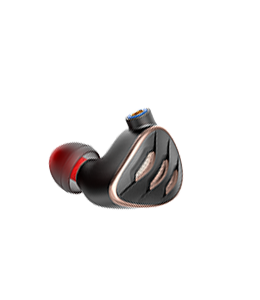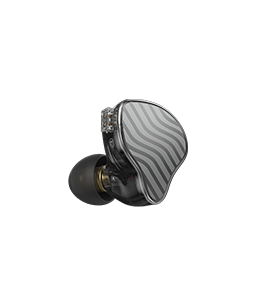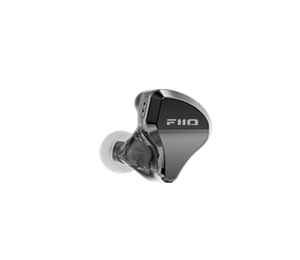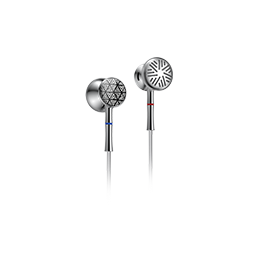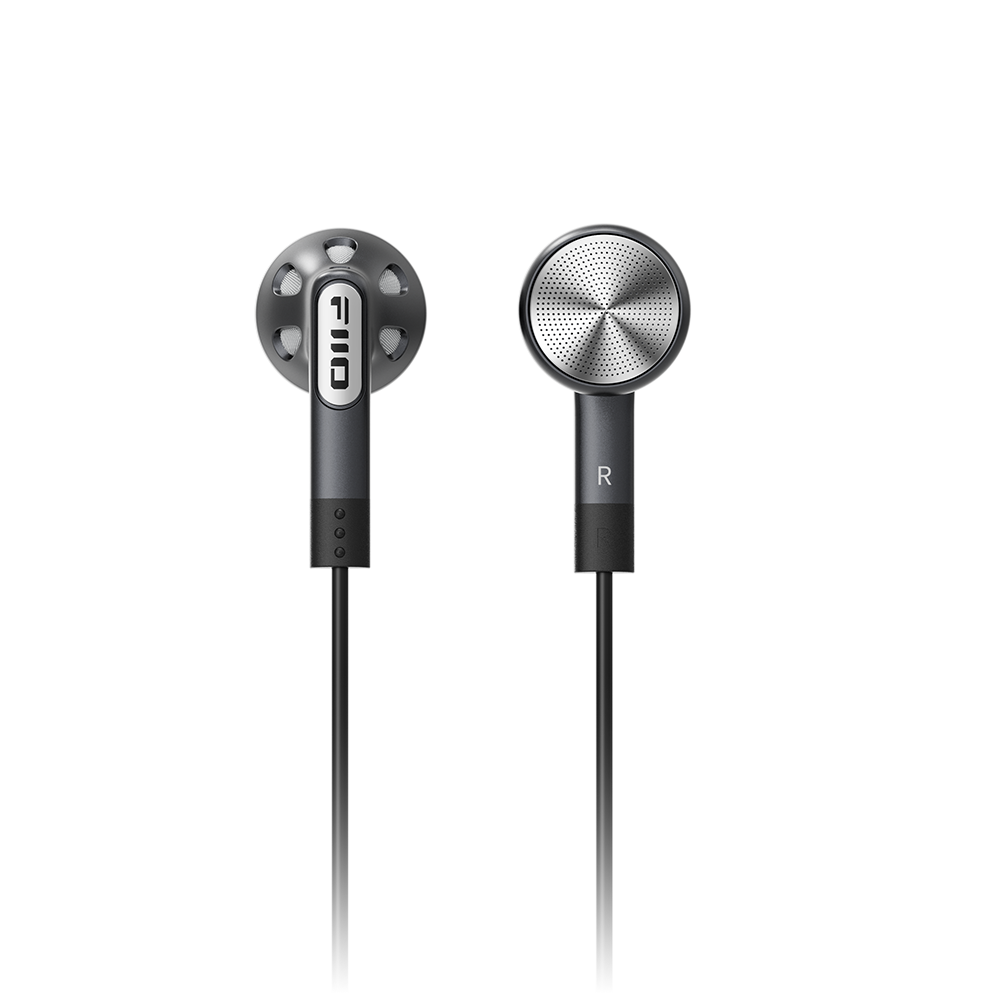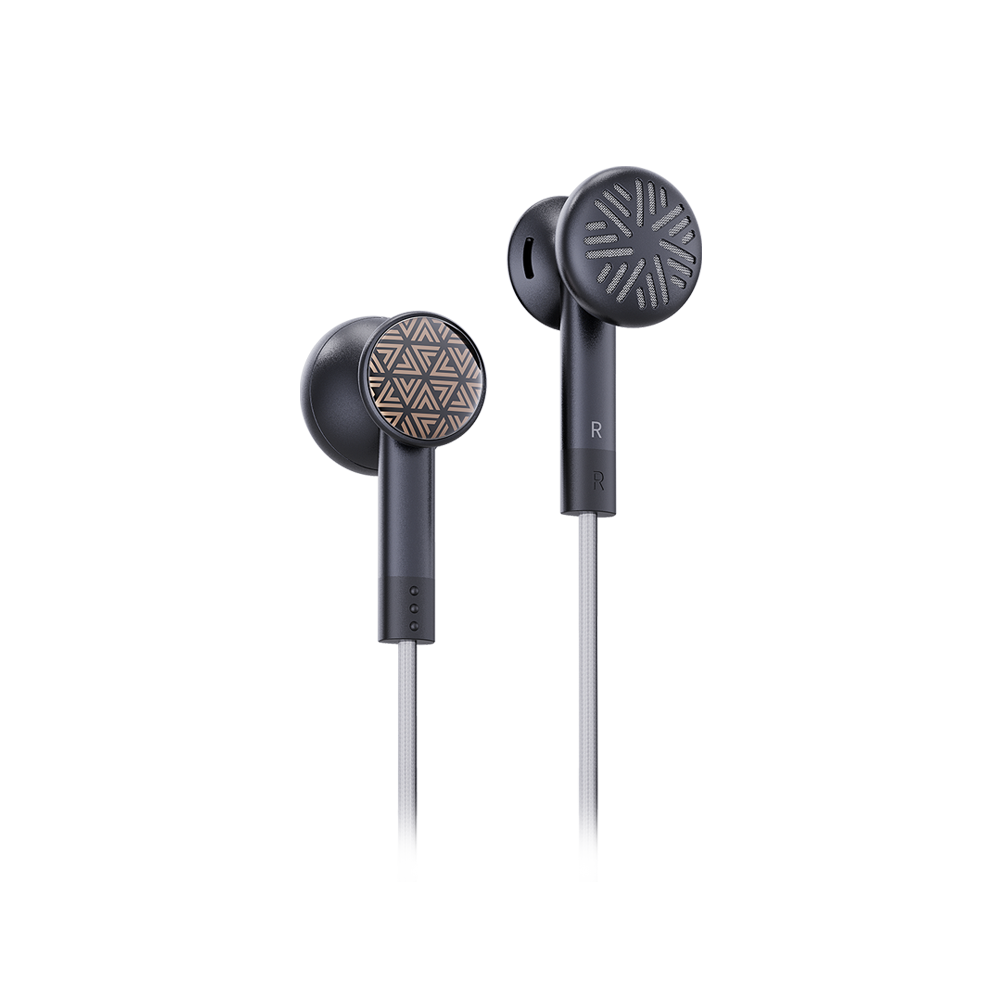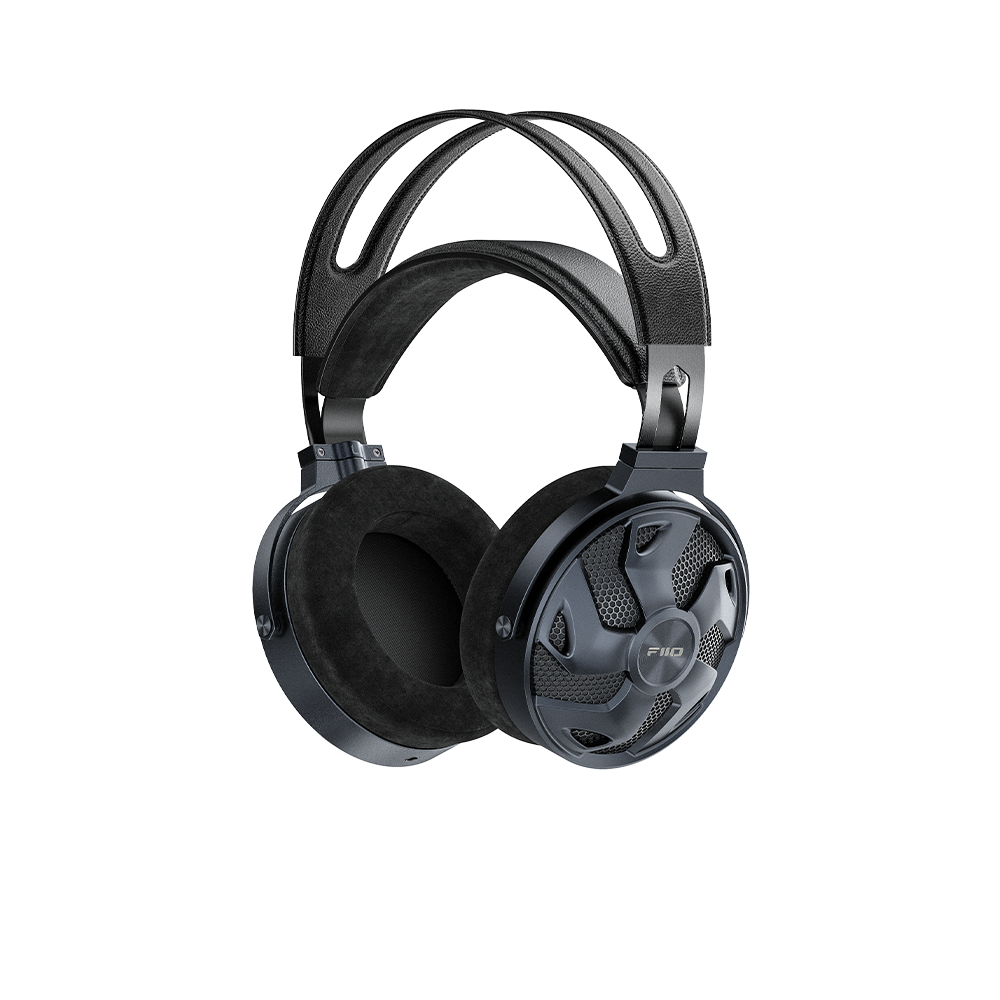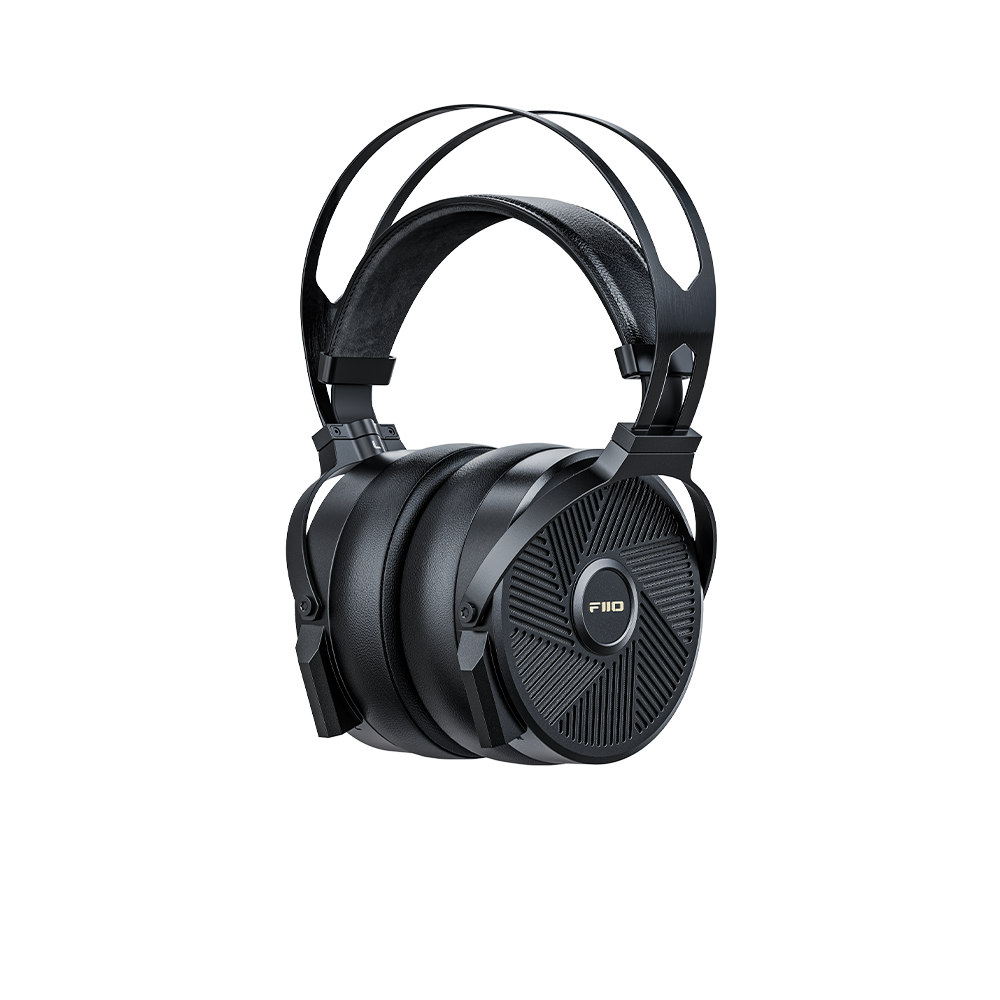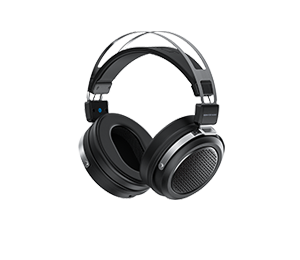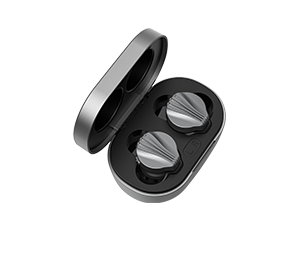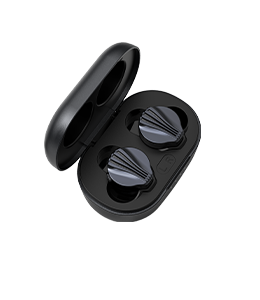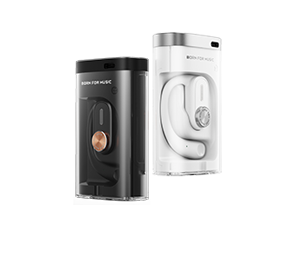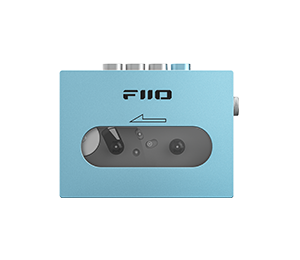Miscellaneous Food Report: "Hi-Fi Catfish" Feiao M15 Experience Report
was originally doing the manuscript of the unpacking video, but as a result, it was written too much. I felt that the video could not be read out. I 'd better write an article, not a system evaluation. I just briefly talk about my personal concerns about Feiao M15. (The disassembly diagram in this article is provided by Feiao)

1. Let me re-interest in the AK4499EQ of "core theory"
It's been a long time since the "core-only theory" has been passed, because since mobile phone manufacturers played "HiFi", DAC manufacturers have also played a set of data on paper, even catering to mobile phone manufacturers to launch "special flagship", but it's not entirely a bad thing. At least the huge amount of money provided by mobile phone manufacturers has improved the production lines of these DAC manufacturers and changed their design ideas, instead of developing a voltage output DAC purely for large desktop HiFi equipment, it is a current output DAC.
AK4499EQ is AKM's flagship DAC and the first current output DAC. What do you mean? After digital conversion into an analog signal, the analog signal is expressed by current instead of traditional voltage. The advantage is that it is more friendly to small devices, because portable devices are generally 5V power supplies. Therefore, AK4499EQ is not the product of AK4497 after brushing paper data, but a completely new DAC. PS: The AK4499EQ is a 128-pin HTQFP package, AK4497EQ a 64-pin TQFP package, and the chip area is much larger.

2. Unambiguous stacking
One of the metaphysical and scientific parts of HiFi, but at least the components that exceed the index will not have a negative impact on the final sound quality. The most intuitive improvement is to make the sound bottom purer, the background darker, and the bottom noise Less.
The motherboard is an eight-layer gold sinking process, not for good-looking, but for oxidation resistance. This can refer to the high-end PC motherboard. I first saw Lebi's LP5 in the player. The specific models of capacitors and resistors can be seen in official website. They are all advanced products. I will not repeat the machine. One thing is worth noting, "high precision and low temperature drift" means that the performance of these components will not be affected by temperature changes. I should understand everything I know.
The op amp consists of a number of Ti OPA2211, OPA1612 and 1622. Many players in the classic OPA chip are in use. There is no rambling here. The official website has a simplified circuit diagram. You can go and have a look. In the clock part, two NDK femtosecond clocks are standard for top players, one corresponds to 44.1kHz and multiples, one corresponds to 48kHz and multiples, and an FPGA chip is added to further reduce jitter.
In the shielding part, the M15 chips that can be shielded have been shielded independently. In addition to Bluetooth and WiFi antennas, the material has 2.4G frequency band absorbing capability, further reducing interference. Therefore, this set of combined punches, Feiao Dare to say that the bottom noise of M15 is low. In fact, it is true, and the background is black enough. By the way, there is also heat dissipation. The heat-conducting silicone grease, graphene and cupronickel heat sink are placed together without a stuffy tank to evenly dissipate the heat to prevent the heat from affecting the performance of components. It is estimated that the heat pipe will be installed in the next step.
The CPU of M15 is Samsung Orion 7872, and its performance cannot be compared with that of mobile phones, but it is still strong in the player circle. The overall 625 is equivalent to Qualcomm Xiaolong, much better than Xiaolong 430 and RK3368. Why not use a better performance CPU? Well, the size is too small, the cost of R & D adaptation is high, and the programmer's hair is not enough.
Orion 7872 itself integrates Bluetooth function and USB interface function, but M15 still uses independent Qualcomm CSR8675 Bluetooth chip and XMOS XUF208 USB interface chip, which correspond to Bluetooth mode and USB decoding mode respectively, and is also a stack to some extent. CSR8675 is Qualcomm Bluetooth's flagship chip, Bluetooth 5.0, which supports a variety of encoding formats including LDAC and HWA, with a delay of 42ms. XMOS XUF208 has many USB interface chips for decoding earphones. It can connect most PC, MAC, Android and iOS devices without drive, and has an independent clock. It can work in asynchronous mode with a delay of only about 20ms. It is not a big problem to connect computers to play games.
Therefore, Feiao M15 is unambiguous and can be used as a flagship for friends, including some products priced at 2-3 times.

3. The tuning has achieved both quality and listening feeling.
The probability of this sentence appearing in audio evaluation is very high, very golden oil, but for the player, clean sound bottom is advanced tuning, the more expensive the player, the more so, the ultimate pursuit of HiFi and Hi-End. Of course, people's tastes are changeable, especially young people. It is normal to like different tunes. My own taste is also "jumping repeatedly". I like not only calm and objective equipment to listen to instrumental music, but also warm and charming equipment to listen to human voices.
Listen to the big earphone: Sony Z1R replacement factory jinbao 4.4mm line, HD660s original factory 4.4mm line, small plug: T9iE original factory 2.5mm line, Z1R original factory 4.4mm line, UM Mason V3 EA Phanes 3.5mm upgrade line. The native player does not turn on any sound effects, and the filter is set to steep drop.
Analytical power is the capital of advanced players. M15 has high sound bottom quality. It is of top level in all brick machines, with large separation degree, wide sound field and rich information. For example, in complex and large compilation tracks such as "Ma Yi" and "Bei Jiu", the positioning of different sound parts is obvious and the junction is clear. With flagship headphones such as Z1R (Big Ear), the interlacing and entanglement between melo.
Dynamic, don't listen to classical friends may really don't care, but some manufacturers themselves do not know is very fascinated. Recently, I was addicted to Wang Yujia's piano. I didn't expect a seemingly thin girl who played the piano but was full of explosive power. Recently, I bought two digital albums, a "Yuja Wang-The Berlin Recital" 2019 Gramophone Best Instrumental Award, a "Yuja Wang-plays Rachmaninov" Wang Yujia's best lineup, conductor Abbado and accompaniment Mahler Chamber Orchestra. If you are interested, you can try it. I am quite satisfied with the 4.4mm balance of M15, and the match is Z1R.
Extremely low frequency, M15 dive deep enough, full of strength, momentum, with Z1R (in the ear) and V3 such small plugs can feel the charm of "Drum Poetry" and "Ghost Taigu Seat.
In fact, high frequency and extremely high frequency should also be paid attention to. Many players with loud and thick force are not restrained enough here. The pursuit of one ear to stimulate listening, the pursuit of brightness, and the deliberate elevation will cause medium and high frequency instrumental music such as violin and flute to be intolerant and tired after listening for a long time. M15 is relatively restrained in this respect. Under the 2.5mm mouth, the low-gain T9iE has a bright violin, but the flute is moist and penetrating, and its performance is good. Compared with the loud voice of friends, it is much more advanced.
There is no obvious tendency in the middle and low frequency parts, but the balance port thickens the middle and low frequency to a certain extent, which makes the sound more audible and the atmosphere of popular songs stronger, thus avoiding the problem of thinning the middle frequency under the general balance port. However, there are gains and losses, the sound of the cello becomes a little divergent, the cohesion is slightly insufficient, and the sinking is insufficient.
I almost forgot to say that the M15 has a lot of thrust at the balance port, and there is no problem with some large earphones that are easy to drive, such as my Z1R, but the original line HD660s is still worse, and the sound field still cannot be pushed. In terms of small earplugs, there is no problem with low resistance and high sensitivity, even T9iE, which is easy to push high frequency plugs.
In general, M15 sound is quality-oriented, highlighting the level of resolution, dynamics and sound field restoration. However, the details of tuning are well done. In view of the balance problem, the intermediate and intermediate and low frequencies are thickened, making popular tracks more resistant to listening. High frequency and extremely high frequency are also restrained, and both listening sense and quality are indeed balanced.

summary:
Some Feiao fans may think that the price of M15 is too high, jumping from the 5K price of M11 Pro to 9K, but if you take a closer look at the hardware configuration of M15 and listen to the sound, you will find that its target is only the "flagship" of friends and has nothing to do with pricing.
















January 3, 2020 by Lost Reflection
website: https://weibo.com/ttarticle/p/show?id=2309404456706183659551
author: Mystery of Lost Reflection01-03 17:50
Mystery of Lost Reflection01-03 17:50




